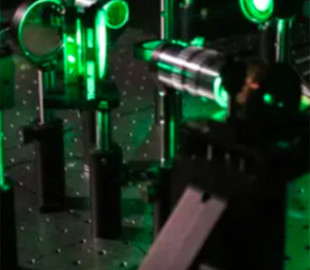
Researchers are exploring the potential of trees as a source of sustainable biofuel for airplanes and vehicles.
Scientists at Oak Ridge National Laboratory have developed laser-induced breakdown spectroscopy (LIBS) to analyze biological samples. This helps them create unique chemical “fingerprints” of plants, writes Interesting Engineering.
Researchers are studying the potential of trees as a source of sustainable biofuels for aircraft and vehicles.
By identifying specific elements, scientists can gain a deeper understanding of plant growth, carbon storage potential and the suitability of different plants for biofuel production. LIBS can analyze samples in milliseconds and allows testing of more than 100 samples per day.
“The ability to quickly, accurately and in detail determine which elements are present in plants and soil greatly expands our understanding of the connections between what is happening above and below the ground,” the researchers say.
The team demonstrated the effectiveness of LIBS in analyzing stick millet and poplar, two promising bioenergy crops. Millet, which grows in North America, is a hardy plant, making it an ideal candidate for use as a bioenergy and carbon storage medium. Poplars, known for their rapid growth and relatively simple genetic structure, also have great potential for use in bioenergy. The instrument accurately analyzed samples of the plants’ roots and shoots, revealing a number of essential nutrients.
Interestingly, the versatility of LIBS extends beyond bioenergy research. By analyzing wood samples from a crime scene, scientists were able to provide evidence that was eventually presented to the court and the perpetrator was punished. This application highlights the potential of LIBS to contribute to a variety of fields.
